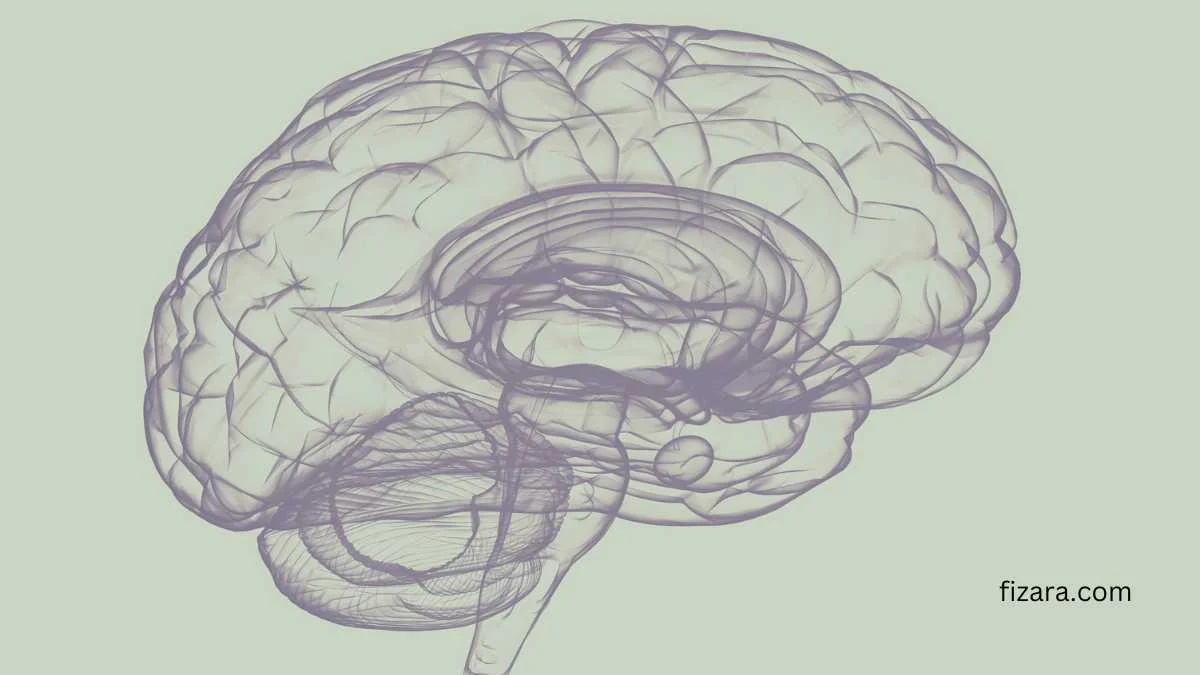The limbic system is a set of interconnected structures located deep within the brain. It includes the amygdala, hippocampus, hypothalamus, and nucleus accumbens, among others. These structures work together to regulate emotional responses, memory formation, and reward processing. It is often referred to as the brain’s “emotional center” because of its role in generating and regulating emotions. Interestingly, this brain reward system plays a crucial role in the development of addiction.
Amygdala
The amygdala is involved in processing emotions such as fear, pleasure, and anger. It helps form emotional memories and can trigger responses to environmental cues associated with those memories.
Hippocampus
The hippocampus is crucial for the formation of new memories and the retrieval of existing ones. It helps contextualize emotions and experiences, linking them to specific places and times.
Hypothalamus
The hypothalamus regulates many autonomic functions, such as hunger, thirst, and temperature control. It also plays a role in emotional responses and hormone release.
Nucleus Accumbens
The nucleus accumbens is a key player in the brain’s reward system. It is involved in the release of dopamine, a neurotransmitter that creates feelings of pleasure and reinforcement.
The Limbic System and Addiction
Addiction hijacks the limbic system, particularly the reward pathways, leading to compulsive substance use and behavior. Understanding how this hijacking occurs is essential for developing effective addiction treatment strategies.
Dopamine and Reward
The nucleus accumbens is central to the brain’s reward system. When a person engages in pleasurable activities, such as eating or socializing, dopamine is released, creating feelings of pleasure and reinforcing the behavior. Addictive substances, such as drugs and alcohol, dramatically increase dopamine levels, creating intense euphoria. This excessive dopamine release reinforces substance use, making the brain associate the substance with pleasure and reward.
Memory and Triggers
The hippocampus and amygdala play crucial roles in forming memories associated with substance use. These memories create powerful associations between environmental cues and the rewarding effects of the substance. For example, if a person regularly uses a substance in a specific setting, the hippocampus and amygdala will link the setting to the substance’s pleasurable effects. These associations become triggers that can prompt cravings and relapse even after long periods of abstinence.
Emotional Regulation
Addiction often stems from an attempt to self-medicate emotional distress. The amygdala’s role in processing emotions means that individuals may turn to substances to manage feelings of anxiety, depression, or stress. Over time, this reliance on substances for emotional regulation further entrenches addictive behaviors.
Neurofeedback and Biofeedback
Emerging therapies such as neurofeedback and biofeedback can help individuals gain greater control over their brain’s responses. Neurofeedback involves training individuals to alter their brain activity patterns, while biofeedback focuses on controlling physiological functions such as heart rate and muscle tension. These therapies can enhance self-regulation and reduce stress, supporting overall recovery efforts.
Long-Term Strategies for Limbic System Recovery
Addressing the limbic system’s role in addiction requires long-term strategies to support recovery and prevent relapse. Ongoing therapy, lifestyle changes, and continuous support are essential components of a comprehensive recovery plan.
Continuous engagement in therapy and support groups is vital for maintaining sobriety. Regular check-ins with a therapist can help individuals address emerging issues and reinforce coping strategies. Support groups provide ongoing encouragement and accountability, helping individuals stay connected to their recovery community.
Adopting a healthy lifestyle can support the limbic system’s recovery. Regular exercise, a balanced diet, and adequate sleep can enhance overall well-being and stabilize brain function. Engaging in hobbies and activities that provide natural rewards can also help individuals find pleasure and fulfillment without substances.









